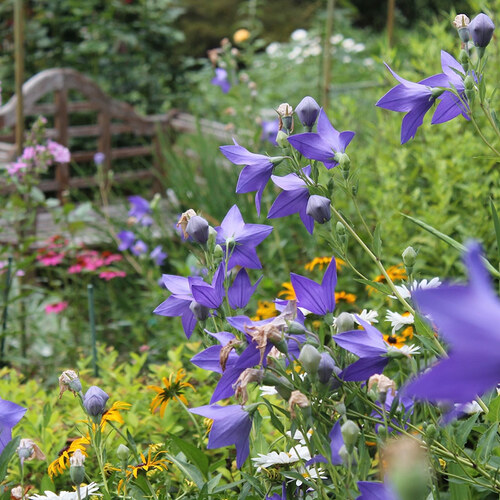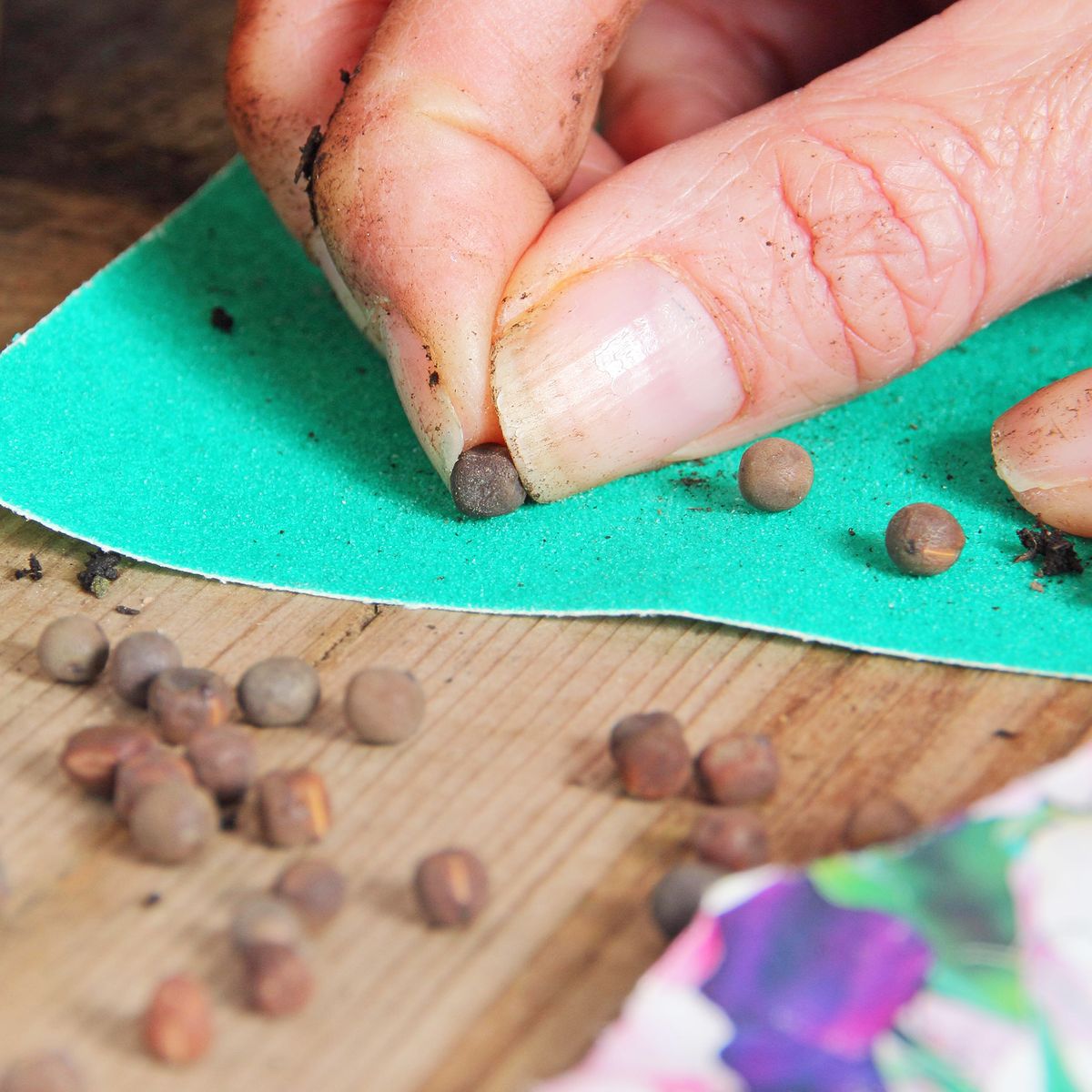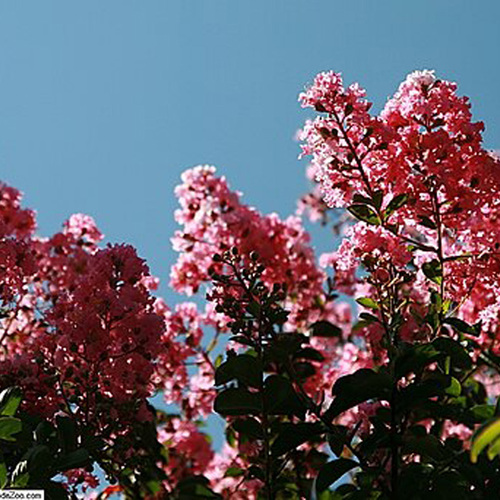The herb savory is exactly as its name suggests, full of flavor, delicious, and tasty. This salty, spicy herb has been used in cooking and medicine since Roman times when it was used as a salt substitute to flavor food. It was also believed to be a potent aphrodisiac! Known by the Romans as the ‘Herb of Love’, its powers were believed to be so strong that monasteries in Europe banned growing savory, for fear the monks would become bewitched by its pungent aroma.
The popularity of growing summer and winter savory declined with the introduction of the Eastern spice routes trading all kinds of new and interesting flavors, in particular black pepper. Fortunately, savory is making a bit of a come-back in recent years and is being used more in home and restaurant cooking.
Savory is especially good for using in spicy meat rubs with the added benefit that it doesn’t lose its flavor with long cooking times like other herbs. A traditional food combination for savory is to add it to bean dishes, adding saltiness without the salt which can cause beans to harden when cooked. It also promotes healthy digestion reducing flatulence when eating beans.
Used fresh or dried, savory is one of the key ingredients in Herbes de Provence along with marjoram, thyme, oregano, and rosemary and makes a great growing partner alongside its Mediterranean cousins. Why not try growing your own ‘Herbes de Provence’ herb bed or patio container at home!
Good Products For Growing Savory:
Quick Care Guide

| Common Name(s) | Winter savory, mountain savory, summer savory, Satyricon, St Julian’s herb, and stone basil |
| Scientific Name | Winter savory: Satureja montana. Summer savory: Satureja hortensis |
| Days to Harvest | Summer savory 60-65 days, winter savory all year round |
| Light | Full sun |
| Water: | Moderate |
| Soil | Loam to sandy loam |
| Fertilizer | Organic soil amendments and mulch |
| Pests | No notable pest problems, but may harbor aphids & spider mites |
| Diseases | No notable diseases |
All About Savory

Savory comes from the mint family, Lamiaceae, originating from southern Europe, the Mediterranean, and south-west Asia and is grown for its highly aromatic leaves. There are two main types of savory; winter, Satureja montana, and summer, Satureja hortensis. They are both very similar but have some differences in how they are grown.
The botanical name for summer savory is Satureja hortensis. It’s also commonly known as St. Julian’s Herb, stone basil, and Satyricon. Summer savory grows as an annual herb sown in spring and harvested until autumn, dying back with the first frost. It is a compact herb growing to around 12-18 inches (30-45cms) in height and the same in its spread. It has bronze-green leaves on green-burgundy stems and whorls of small white flowers tinged with pink in summer. Its flavor and aroma is spicy and peppery with notes of thyme, marjoram, and mint and it is much more subtle than winter savory.
Winter savory is known botanically as Satureja montana. It is a hardy, dwarf, semi-evergreen woody perennial growing to around 6-18 inches (15-45cms) in height and spread. Its leaves are dark, grey-green, lance-shaped, and stiffer compared to its summer counterpart and grow on woody, brown-green stems. Flowers are white, tinged with lilac, and appear in summer. Winter savory has a more robust aroma than summer savory with sage and pine tones in addition to its spicy, peppery flavor. Savory seeds are small and brown-black.
Both winter and summer savory are low maintenance herbs and easy to grow in your garden, taking up very little space but giving back loads in flavor. Grow savory in containers along with other perennial Mediterranean herbs like its mint family cousins, thyme, marjoram, and oregano.
Other varieties of savory you might be interested to grow are:
- Satureja biflora – Lemon, African savory. A hardy evergreen with highly pungent lemon-scented foliage.
- Satureja spicigera – Creeping savory. A low-growing evergreen variety with a height and spread of 3inches (8cms) and 30inches (75cms).
Planting
Winter and summer savory can be started off indoors from seed in early spring and planted out after the last frost. Germination usually takes 1-3 weeks. Seeds can also be sown directly in the garden when all risk of frost has passed along with well-rooted transplants or a storebought savory plant.
Simply sow savory seeds on the surface of a pre-watered seed starting compost mix, 4-6 weeks before the last frost. Plant out into their final growing positions 12-18 inches (30-45cms) apart in rows 18 inches (45cms) apart. Alternatively, sow seeds directly outside into prepared drills. Thin seedlings to 6 inches apart and again later to the strongest plants approximately 12-18 inches (30-45cms) apart.
Grow savory in an open sunny spot, with well-drained, moderately fertile soil. Savory’s dwarf growing habit means that it can tolerate exposed locations.
If you are short on garden space, you can grow savory in containers in a greenhouse or conservatory. Growing indoors will extend the harvest period for summer savory and will produce more tender leaves on winter savory plants.
Caring For Savory Plants

Read on for tips on how to keep your savory plants happy and healthy!
Sun and Temperature
Summer and winter savory are definitely sun-loving plants. When growing summer savory you need to ensure around 12hrs of sunlight a day. Its ideal temperature range is 55-85°F (12-29°C) but plants are frost tender at low temperatures. Grow in USDA zone 6-10.
Winter savory requires half the amount of sunlight hours (6hrs) compared to its summer cousin reflecting its perennial growing habit and grows in USDA zone 4-8. The ideal temperature range for optimal growth is 45-80°F (7-27°C). It will survive winter temperatures to around 23°F (-5°C). In lower temperatures, plants should be brought inside if grown in pots, or protected with horticultural fleece if they are in beds.
Water and Humidity
Savory is a drought-tolerant plant, but it benefits from regular watering to keep its foliage fresh and hydrated, especially during the hot summer season. Be careful not to overwater as savory does not like to grow in soggy ground. Water in the morning using a timed soaker hose or watering cans directed at ground level. Winter savory requires minimal watering during winter months unless grown indoors.
Soil
The ideal soil conditions for growing savory vary between sandy loam (summer) to loam (winter) and range in pH from neutral to slightly alkaline. The soil must also be free draining. Both savory varieties benefit from organic matter amendments before planting in spring and a compost mulch in late autumn will protect winter savory plant roots from hard frosts.
Fertilizing
Savory is not a heavy feeder and will manage with organic mulches and soil amendments. Transplants may benefit from a balanced liquid feed in mid to late spring to help roots establish and reduce any transplant shock.
Pruning
Regular harvesting will encourage branching and create a nice bushy growing habit. Left unpruned, savory will become leggy and weak. Summer savory should be harvested completely when flowers develop in late summer and early fall. Winter savory benefits from a light prune at the start of the growing season, taking out any old or damaged shoots and stems.
Propagation
Sow summer and winter savory seeds indoors 4-6 weeks before the last frost. Sow seeds individually into module trays or broadcast into a seed tray for pricking out later. Use a prepared seed sowing compost mix and water well before sowing the seeds rather than after. This will prevent seeds from being washed into the edges of the pots or cells. Don’t cover seeds as they need light for germination which can take 1-3weeks. When seedlings have developed good root systems plant out 12-18 inches (30-45cms) apart.
Alternatively, sow seeds directly outside once all risk of frost has passed and soil temperatures have reached 60°F (16°C). Sow into prepared drills and thin seedlings to 6 inches apart and again to the strongest plants approximately 6-18inches (15-45cms) apart a few weeks later.
Propagate winter savory from soft-wood cuttings in spring and semi-ripe cuttings in late summer/early fall. Using clean secateurs cut stems 4-6 inches in length and remove the lower 2-3 inches of leaves. Prepare small pots with a mix of 50:50 ratio of compost and perlite or horticultural grit to aid drainage. Insert the cuttings evenly spaced around the edge of the pots up to the leaves and firm in to ensure good contact with the compost. Stems can be dipped in rooting hormone if desired but this is not essential. Water the cuttings and keep moist until roots have established. Cuttings may benefit from some bottom heat to stimulate root development. When ready, separate the cuttings and plant one rooted cutting per pot to be planted into the garden in spring.
Harvesting and Storing

Savory is such a great all-round herb to use in the kitchen. Here are some hints and tips on how to harvest fresh leaves and how to store savory for longer enjoyment.
Harvesting
Harvest when plants reach 6 inches (15cm) in height. It’s a good idea to have a few plants on the go to ensure a constant supply. Harvest summer and winter savory in the morning when essential oils are at their peak. Simply snip the young leaves and use fresh or dried. Try not to cut stems too far back as it will take longer for the savory plant to recover. This is especially important with winter savory which has woody stems. Winter savory can be harvested all year round. Leaves picked in the colder months may be a little tough, but they are perfect for slow cooking in stews and casseroles. Harvest summer savory before flowering for best flavor.
Storing
Store fresh savory leaves in the fridge for up to a week wrapped in damp paper towels or in a zip lock bag. Leaves can be dried in a dehydrator or laid flat on a tray somewhere cool and dry for a few weeks. Once completely dry, crumble, and store in an airtight container for up to a year.
Troubleshooting

Both winter and summer savory have no notable pests or diseases. In fact, they are reputed as an excellent companion plant to repel or lure away pests such as bean weevils and aphids and to reduce mildew on roses.
Growing Problems
The main growing problem associated with both summer and winter savory is the soil becoming too wet and resulting in the development of fungal root rot. Tell-tale signs are a slow decline in plant health with wilted or yellowing leaves. Check the roots for dampness and reduce watering until the plant improves.
Pests and Diseases
As a general rule, most pests and diseases don’t cause significant harm to savory no matter which type it is. However, any plant can become a breeding ground for certain pests, aphids and spider mites being the most common. If you see evidence of either of these pests, it is always wise to reduce their population so you don’t run the risk of further pest spread in the garden. Neem oil is beneficial for eliminating both of these pests.
Frequently Asked Questions

Q: What do you use summer savory for?
A: The young leaves are delicious added to salads and pasta dishes for a spicy kick or use in dry rubs along with other herbs on grilled meats. It is also excellent in casseroles, stews especially sausage, and bean recipes.
Q: What do you use winter savory for?
A: Winter savory can be used in similar ways to summer savory, but because the leaves can be a bit tougher it is perfect to use in slow-cooking casseroles and stews.
Q: Can you eat summer savory flowers?
A: Summer savory flowers are tiny and don’t carry much flavor but look great sprinkled over a summer salad.
Q: How big is winter savory?
A: Depending on the growing conditions, winter savory grows to 6-18 inches (15-45cms) in height and the same across.
The Green Thumbs Behind This Article:









